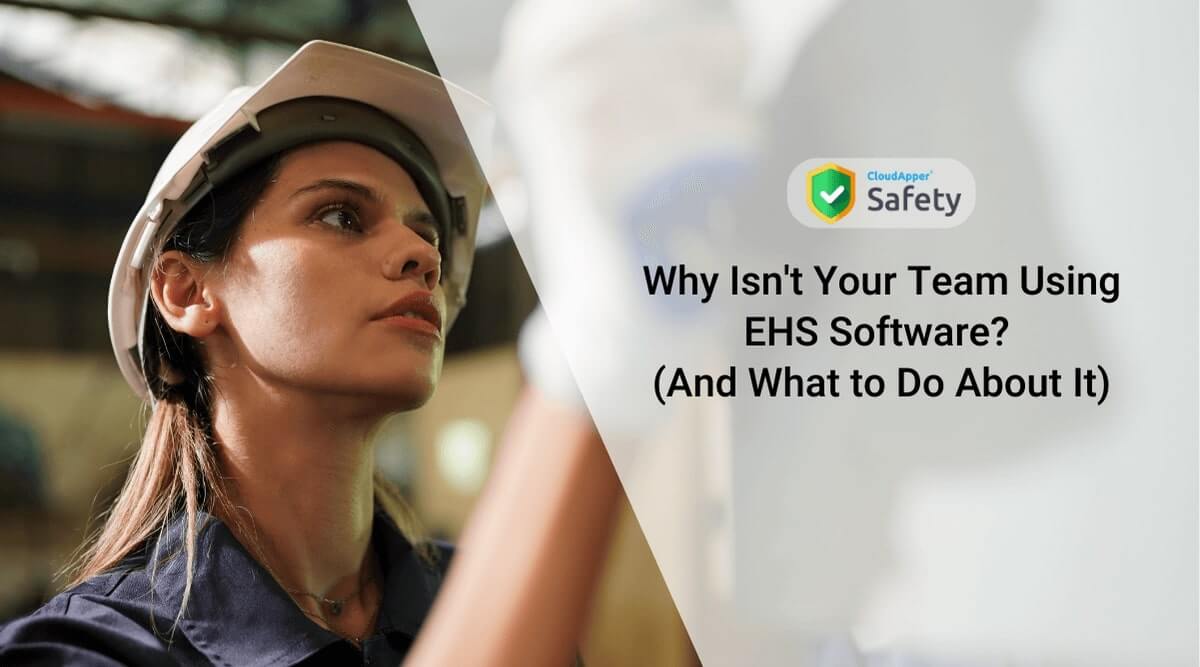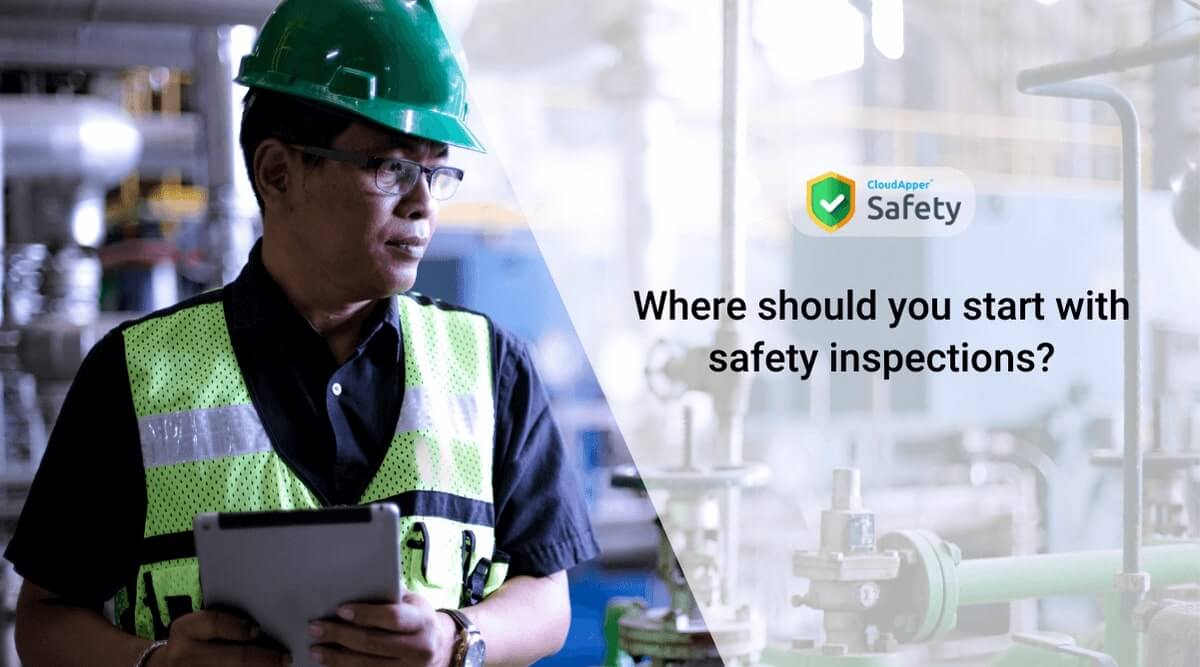Table of Contents
When Paul O’Neill took over as CEO of Alcoa in 1987, the aluminum manufacturing powerhouse was in danger. Several of its recent product launches had been unsuccessful. Investors wanted to know how O’Neill planned to turn around the company.
O’Neill did not propose new revenue streams or cost-cutting strategies in his first speech. He chose a different subject: worker safety. One investor stormed out of the room, telling his top clients to sell their Alcoa stock.
Alcoa’s net income multiplied five times by the time O’Neill retired. In 1987, workers lost 1.86 days per 100 employees because of workplace injury; by 2012, the rate had reduced to 0.125. When O’Neill took over, Alcoa was compelled to upgrade its manufacturing methods in order to improve worker safety. At that time, reports also highlighted how out of date procedures resulted in inferior aluminum products. Under the new leadership, Alcoa’s focus on safety resulted in better processes, better products, and bigger revenues.
Paul O’Neill believed that improving workplace safety is not just the ethical thing to do; it is also a wise investment in any company’s future. Businesses that understand the value of workplace safety are more likely to prosper. Making workplace safety a priority starts with excellent health and safety training.
Begin by Complying with OSHA Regulations
The Occupational Safety and Health Administration has established rules for sanitation, first aid, hazardous substances, ventilation, personal protection equipment, safety exits, and other topics. Although compliance with OSHA rules is mandatory for any organization, and failure to comply can result in thousands of dollars in fines, reviewing the rules is the ideal way to begin any workplace safety and health improvement program.
OSHA compliance, on the other hand, is merely the beginning. For example, in organizations with a unionized workforce, safety obligations are classified as part of worker contracts, and failure to protect workers can result in lawsuit and compensatory damages. Even if specific rules or regulations do not address an apparent safety violation, it still exposes organizations to the potential of being held accountable. Companies should consider hiring consultants who can identify workplace safety barriers and recommend remedial actions if necessary.
Provide Workplace Safety and Health Training
Hiring occupational safety and health specialists to provide employee safety training is a brilliant start, but it is also critical to choose the appropriate training that gives the maximum advantages to corporate employees. The National Safety Council suggests beginning with a job hazards analysis, which records each step of on-the-job responsibilities as well as any potential safety issues that may arise. This analysis reveals the activities that provide the greatest danger, allowing firms to prioritize safety training.
Offering these opportunities comes with several advantages for your business. Not only workplace safety training programs help to lower the likelihood of a catastrophic accident, but they also help to:
Encourage a safe culture
When workplace safety is addressed on a continuous basis, rather than simply once a year, it becomes established in the company culture and is part of every employee’s expectations.
Increase employee loyalty
Employees are more likely to be loyal and productive if they believe that you care about their well-being.
Enhance your company’s image
The way clients see you and your ability to attract top talent are all influenced by your company’s reputation. A dedication to worker safety contributes to your company’s reputation as a desirable place to work.
Save money
Safety training aids in the prevention of injuries and absences, which usually raise operating costs. Providing proof of ongoing safety training may also help you save money on insurance. If an accident does occur, proving that you took all reasonable precautions to avoid it will help decrease any penalties that may be imposed.
Workplace Safety Training Do’s and Don’ts
Keep the following do’s and don’ts in mind to create a workplace safety culture and prepare your staff to do their tasks safely:
Do:
- Review your company’s OSHA standards and put in place the necessary safety practices
- Analyze the workplace to identify safety hazards and devise methods to mitigate them
- Set workplace safety related goals
- Invest in continuous safety training programs to address specific dangers, best practices, and advancements in the workplace
- Employees should be retrained as needed
- Keep the employees engaged by involving them in safety planning and training
- Hold employees responsible for their own safety
- Employees that go above and beyond to provide a safe workplace should be recognized
- Create an injury or illness protocol as well as a way for reporting incidents
Don’t:
- Expect staff to be sufficiently prepared for safety excellence with only one training session
- Refrain from correcting or retraining. The most effective way to change behavior is to take action right away
- Accept the bare minimum in terms of safety equipment, training, and protocol
- Ignore any concerns or suggestions from employees
- Forget to keep track of all safety-related information, like training, injury statistics, and corrective actions
CloudApper Safety: Prioritizing Workplace Safety
CloudApper Safety is a smart OSHA recordkeeping software that allows businesses to create a safer workplace without the hassle of paperwork. Our simple mobile app for OSHA recordkeeping and tracking workplace injury and illness allows your staff to quickly and easily log incidents, accidents, near misses, and observations wherever they happen.
What is CloudApper AI Platform?
CloudApper AI is an advanced platform that enables organizations to integrate AI into their existing enterprise systems effortlessly, without the need for technical expertise, costly development, or upgrading the underlying infrastructure. By transforming legacy systems into AI-capable solutions, CloudApper allows companies to harness the power of Generative AI quickly and efficiently. This approach has been successfully implemented with leading systems like UKG, Workday, Oracle, Paradox, Amazon AWS Bedrock and can be applied across various industries, helping businesses enhance productivity, automate processes, and gain deeper insights without the usual complexities. With CloudApper AI, you can start experiencing the transformative benefits of AI today. Learn More


















